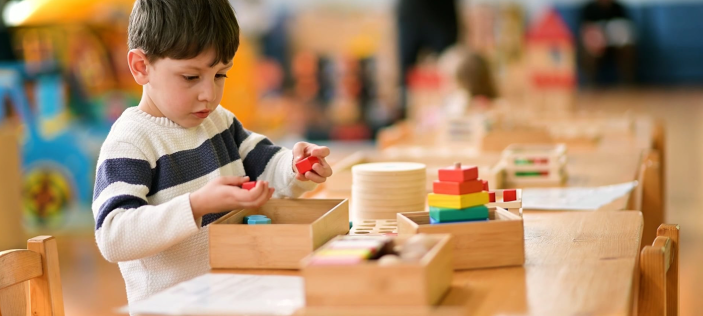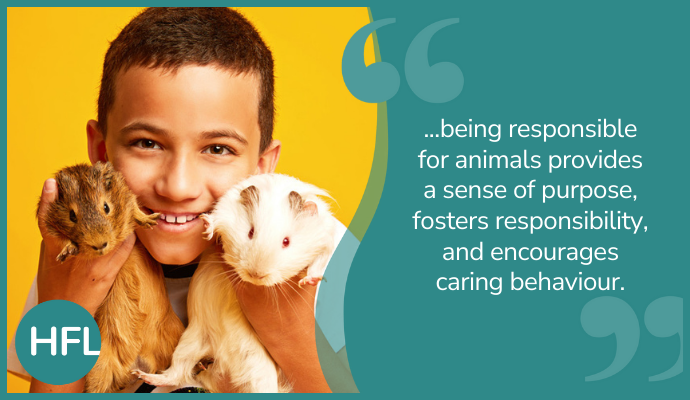
There is no doubt about it, being responsible for animals provides a sense of purpose, fosters responsibility, and encourages caring behaviour. There have been studies into how pets can support children with additional needs to be the best versions of themselves. Animals offer us unconditional acceptance; they are non-judgemental and endlessly forgiving of humans.
W.C Fields once famously said; ‘Never work with children or animals!’ As fearless Early Years practitioners we already have 50% of this covered; why not throw in the odd guineapig, gerbil, or goldfish? Surely, all we need to do is buy a cage or tank, decide on a name and head to the nearest pet shop!
Well, before you hail yourself as the next ‘hamster whisperer,’ take some time to consider the wider implications of owning a pet in school. The RSPCA strongly discourages the keeping of animals in schools/settings. Housing animals in educational establishments can cause the animal significant distress. In all discussions on keeping a pet, the welfare of the animal must be prioritised; any negative impact on the welfare of the animal far outweighs the benefits for your children. However, if this is something that you are considering here is some food for thought…
Could you create an ‘animal friendly’ school?
There is no doubt that children benefit from learning about animals and their natural habitat. Promoting an understanding of moral responsibility, encouraging a love of living things and stimulating discussions on animal behaviour, can all result from children interacting with animals. However, do these animals need to be pets contained in your school/setting? The RSPCA suggest creating an ‘animal friendly’ environment that will ensure that children can regularly observe animals ‘in situ’. Creating a damp log pile will encourage a range of interesting mini-beasts; an area with wildflowers will be an attraction for butterflies and bees. Research where you might find bird nests, rabbit holes and pond life in wildlife areas close to you.
Purchasing non-fiction books on local wildlife and mini-beasts will provide children with information. Equipment such as magnifying glasses, bug pots, pooters and tanks/pop up nets can all lend themselves to offering children rich exploration of animal life without keeping animals as pets.
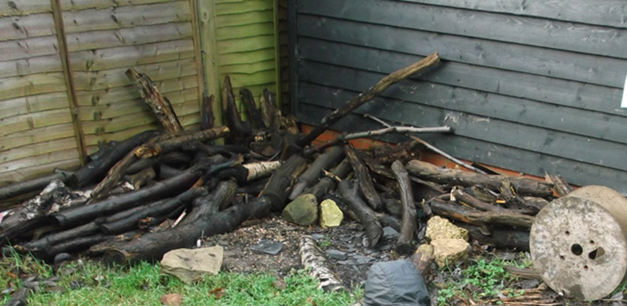
Can you offer the right environment?
If you are still keen to house a pet, consider where this animal will be located. An indoor environment in a school or setting can be frightening for animals and will not contribute towards replicating their natural homes. Several factors in the classroom can have an adverse effect on a pet: temperature, noise, and curious fingers! You will need to consider how to keep your animal at a constant temperature, how to ensure that loud noises do not cause distress and how to prevent a well-meaning child from sharing a half-eaten snack (did you know rhubarb is poisonous to a guineapig!)
Outside there can be a whole new host of dangers, extreme weather conditions, vandals, litter, foxes, and other vermin. An animal in a cage will find it hard to protect itself from extreme weather conditions. There are limited places for a pet to access cool shade in a hutch compared to a burrow underground; will you know that your guinea-pig’s water bottle has frozen late on a Saturday night when you are sat at home watching TV. Keeping rabbits outside would be far preferable to indoors but anyone who has seen Watership Down will be all too aware of the potential horror that can befall a defenceless rabbit in the face of an urban fox.
Consider the measures that you will need to put in place to ensure that the environment dedicated to housing the animal is clean, appropriate, and safe.
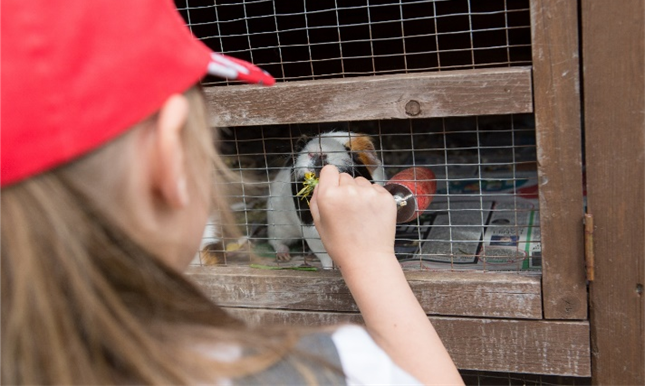
Responsibility - who’s chicken is this anyway?
Prior to taking on the advisory role at Herts for Learning I worked in a school that housed several animals: hamsters, guineapigs, rabbits, and chickens to name but a few! I was fortunate enough to work in a team of staff who were exceptionally dedicated and would organise rotas over all holiday periods including Christmas. At least one of us would pop in on Christmas day to feed and check on the animals. And, of course, check that Father Christmas had left a present of fresh hay and perhaps the odd chew stick. However, this took an enormous amount of planning, continued effort and money!
Members of staff responsible for a school pet are legally obliged to ensure that the needs of the animals are met (as outlined in the Animal welfare act 2006.) Prior to taking on a pet, it is imperative that you have an open and frank discussion, as a staff team, regarding your ability to commit to the care of the animal(s). This discussion should cover:
Who will co-ordinate the care of the pet on a day-to-day basis and during holiday periods – including Christmas day?
What will happen in the eventuality of members of staff being absent?
Who will make the difficult decisions should the animal suffer poor health?
We are all aware of our duty of care towards children. Keeping them safe when in contact with animals can be a minefield. A thorough risk assessment will need to be conducted to cover aspects such as health and hygiene, allergies, bites, and scratches. This risk assessment should ensure that potential risks have been considered and are minimised by a series of robust measures being put in place. None of us can predict the future, but your next cohort of children might include a child with serious allergies and what would happen to Fluffy if that was the case?
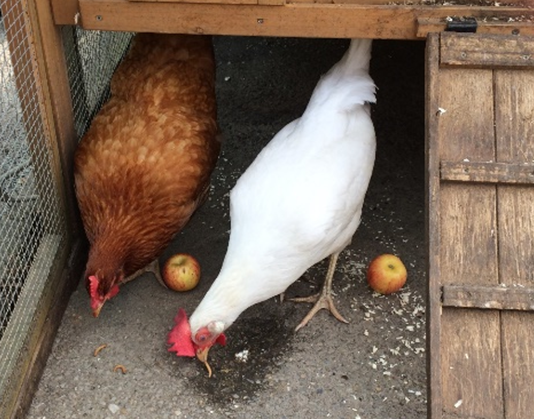
What are the financial implications?
Keeping animals can be costly. The initial outlay for purchasing the pet and the equipment is the easy part. Far harder is ensuring enough funding is available to finance the ongoing costs that come with a pet. You will need to consider the following:
How will the ongoing costs be met? i.e., Food/veterinary checks/new equipment
If the animal does contract a serious condition who will pay for a visit to the vets?
Who will be ultimately responsible for making financial decisions regarding the pet?
You might have the agreement of a senior leader that some costs can be met from the main budget. However, given the current climate, leaders are having to make difficult budgetary decisions. In the face of staff restructuring and redundancies looming, poor Fluffy’s regular grooming appointment could be the first item on the list of cuts.
You could consider asking your PTA for small contributions or organise fundraising events. Parents/carers may be able to contribute towards food, perhaps donating a small bag of vegetables or grain.
Till death do us part!
And finally, prior to taking on a pet, staff need to carefully consider a protocol in event of the animal dying. This might seem a morbid plan, however, it is far better to be prepared for this eventuality than have to make decisions when both children, and staff, might be upset. Acknowledging the end of a pet’s life can provide a gentle introduction to loss. Always inform parents immediately of the event and outline what will be happening in your school or setting to support children through this potentially upsetting time.
With clear plans in place, the skilful support of staff and signposting to resources and services, children and families should feel well supported. Be mindful that for some children and families this event might serve as a reminder to previous events in their family history. Death is embraced differently in families: openly acknowledge this and respect the beliefs held by children and their families. Remain factual and use correct terms. Consider purchasing age-appropriate story books that deal with loss. These can be shared in class and children can share at home where necessary.
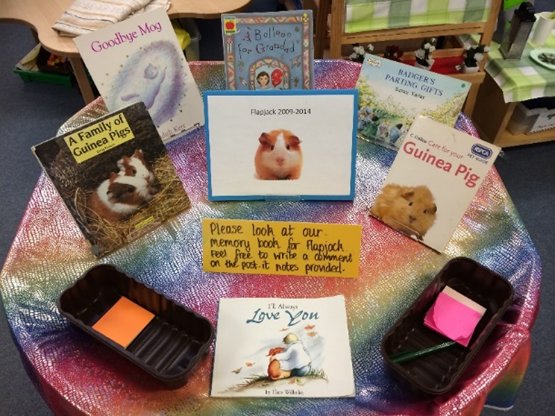
Not ready to keep an animal in school?
There are many alternatives to keeping animals in schools, whilst still giving children quality positive experiences to care for animals. Why not consider a visiting dog scheme such as Pets as Therapy - Read2Dogs? The Blue Cross offer a free of charge visit from volunteers and their education dogs to speak to your class about pet care or you could ask a parent/carers or member of staff to bring their pet into school to share their experiences of pet ownership – all with a robust risk assessment in place!
Teachers often buy their class an end of term gift or toy, why not consider adopting an animal from a zoo, farm park or charity? The children receive regular updates about their animal and the money is going to a good cause. I did this very successfully one year, as I didn’t want to give the children plastic toys as a gift. Some children from the class visited our penguin at Whipsnade Zoo!
In summary…
There can be great benefits that come with keeping pets and looking after them can create an abundance of cross-curricular learning opportunities. Choosing the right animal for you will be important; just because you have the space for three alpacas (seriously, one school did consider this!) does not mean that this is the right choice or the best use of that space! Remember a rabbit can live between 8-12 years: your current cohort of children will have moved on during its lifetime (as might your managers and staff members responsible for the primary care of the pet!).
If, after looking at our ‘Keeping an animal in school checklist, the information on the RSPCA website, reviewing your environment, identifying staff members responsible, organising a financial plan, and conducting a risk assessment, you think that you can offer a safe and secure place for a pet you might be at a point to proceed…or consider the alternative suggestions for experiences without commitment.
Good luck!



